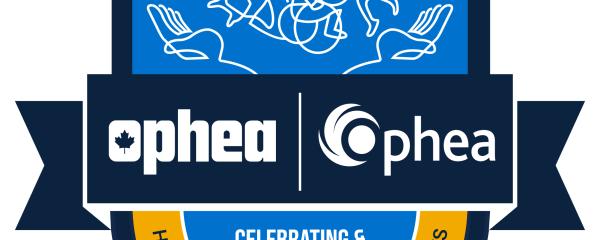“Health and physical education programs are most effective when they are delivered in healthy schools and when students’ learning is supported by school staff, families, and communities. When students see the concepts they are learning in health and physical education reflected and reinforced through healthy-school policies and healthy practices in their families and communities, their learning is validated and reinforced. Students are then more likely to adopt healthy active living practices and maintain them throughout their lives." (Ontario Ministry of Education, 2019).
Hands-on, contextual experiences help students make real connections between what they learn about food marketing, advertising, and media influences in the classroom and their own lives. These experiences may include students identifying and deconstructing the marketing, advertising, and messages they are exposed to via the social media networks or video sharing platforms they use, content they stream, or television and print advertising they view in their community spaces. Students then apply their new awareness and practice their decision-making skills about foods and beverages they might select more often from those that are available to them at home, at the local mall, from a menu when eating out, or when helping with shopping. Students then may also determine where and how they might use their voice in their local community in order to advocate for greater access to affordable, healthier food options or for more responsible advertising on the social platforms they access.
References
Ontario Ministry of Education. (2019). The Ontario Curriculum, Grades 1–8: Health and Physical Education, page 9.




